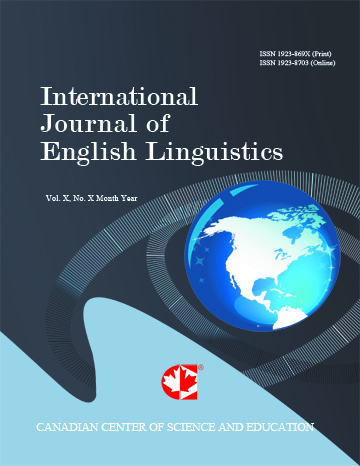Culinary Recipes as a Textual Genre: An Analysis of Their Structure and Procedural Instructions
- Laura Diamanti
Abstract
Culinary recipes have only recently been studied as a distinct textual genre (Cornbleet & Carter, 2001; Garzone, 2017). Recognisable by their structured format (Baker, 2006), they have bipartite structures and occupy a unique linguistic space that cannot be fully integrated into General English text types (Norrick, 1983). Their language is highly typified and reflects the effects of digital transformation. The text of a recipe may be selected from cookery books or online, and its choice is based on the author’s perceived reliability adopting an accurate linguistic code, literary genre conventions, and specialised indices. The textual interpretation of a recipe involves a mental reconstruction of the process of preparing edible products, from the inference of its presupposed truthfulness to the sense of readiness required to carry it out practically. Food recipes are therefore analysed in this paper as organised models of texts (Enkvist, 1981). The study examines a mini-corpus of recipes from Jamie Oliver’s cookbook, Jamie’s Great Britain: Over 130 Reasons to Love Our Food (2011), and his popular website, considering two research questions: 1) How do recipes function as structured models in their rhetorical patterns to facilitate the reader’s understanding and execution of the instructions? 2) How does the verb “put” convey procedural instructions?
- Full Text:
 PDF
PDF
- DOI:10.5539/ijel.v15n2p139
Journal Metrics
Google-based Impact Factor (2021): 1.43
h-index (July 2022): 45
i10-index (July 2022): 283
h5-index (2017-2021): 25
h5-median (2017-2021): 37
Index
- Academic Journals Database
- ANVUR (Italian National Agency for the Evaluation of Universities and Research Institutes)
- CNKI Scholar
- CrossRef
- Excellence in Research for Australia (ERA)
- IBZ Online
- JournalTOCs
- Linguistic Bibliography
- Linguistics and Language Behavior Abstracts
- LOCKSS
- MIAR
- MLA International Bibliography
- PKP Open Archives Harvester
- Scilit
- Semantic Scholar
- SHERPA/RoMEO
- UCR Library
Contact
- Diana XuEditorial Assistant
- ijel@ccsenet.org
